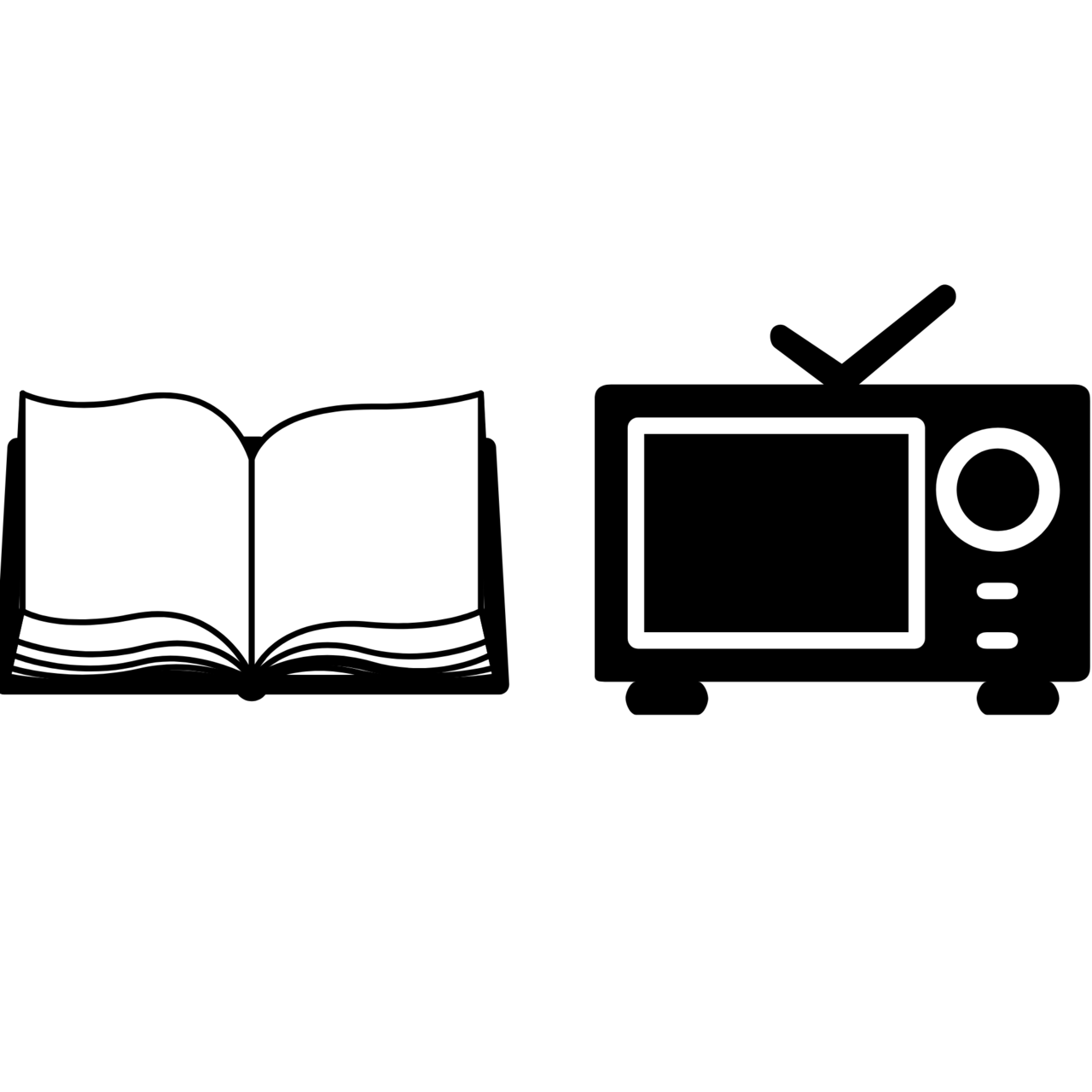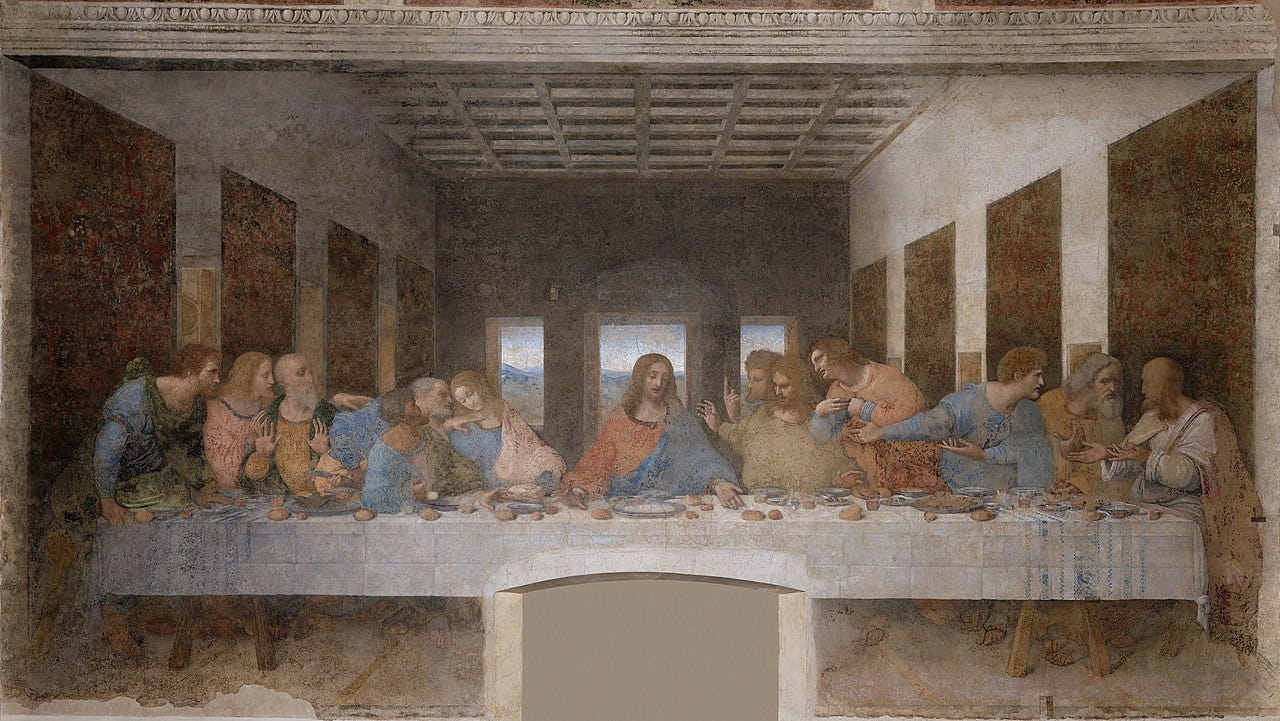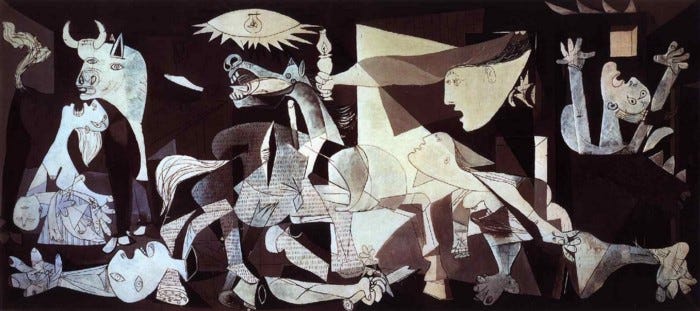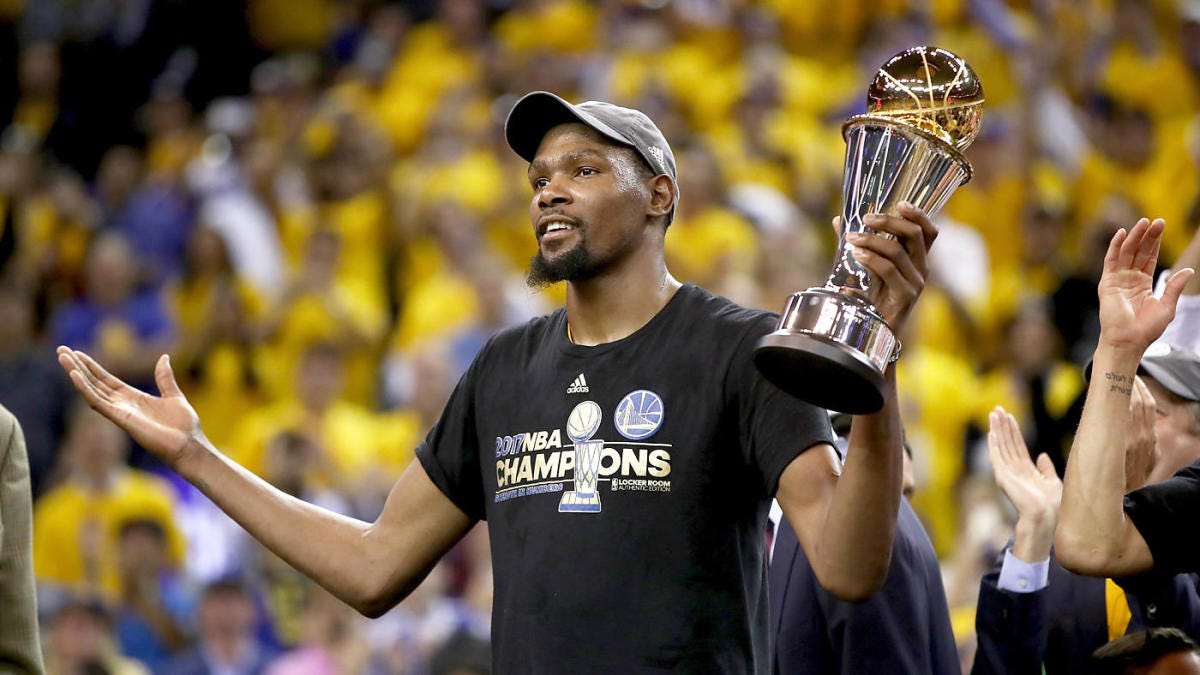Rooting For Your Ex...
Friday: 4/15/2022
… or what modern art and Kevin Durant taught me about the art embracing discomfort and letting go. 1
Our relationship to art is complex and yet simple. Generally speaking we as spectators admire artwork for its beauty, what it provides for us in terms of comfort, the ways it helps us to value the way an artist mimics reality and provide hues and shades that give ordinary life depth. But artists can also use creativity to cause disruption, making works composed of utter messes and confusion, pieces that intentionally distort and make us uncomfortable to the point that we want to look away from it. While the former may be easier to appreciate, it is the latter that digs at us because those pieces tend to reach down into our insecurities and anxieties. They possess us in a way. We may try to argue that the artwork is of poor quality, but more likely than not we are more troubled that we are no longer treading in safe waters.
I didn’t appreciate modern art for a long time. Admittedly, I didn’t understand it and I had the oft-repeated thought that perhaps a child (or myself, also a child) could produce the same results. Years back I visited the Tate Modern in London and it was there that my perspective began to change. I was surrounded by the best of the best of modern works, and I was given context to understand that these artists desired more visceral reactions on the part of their spectators that went beyond admiration and satisfaction. These artists created works of art that upended traditionalism, that forced their viewers to look deeper into themselves and potentially discover within their own messiness and distortion. These artists refused to repeat the movements of artists prior, they had to do what was right for them in their own time. They were left with a choice: stay safe at home or venture out into new, dangerous frontiers. Let me be quite clear on one thing: there is a lot of pretentious modern art out there that is annoying, but in this moment I began to understand the philosophical approach and sympathize with the challenge.
I also began to see that art can be meaningful both as a medium for reflecting beauty and as a tool for upending our pre-existing notions. Both approaches are necessary as they are instructional not simply as a way to understand the creative process but as a way of dealing with life. We are creatures who at times need to be oriented to structure and beauty. But if we only live in that status we will never move and grow as humans. We also require moments and events that throw us off-kilter, that shake our foundations and disorient us. It is not at all pleasant, but it usually that force that helps us evolve.
This changing perspective about modern art had unexpected connections. It led me to see how sports fandom can be similar to our approach to romantic relationships. We crave comfort and devotion and yet react wildly when things get shaken up and love is lost. It led me to see that sometimes our pursuit of comfort denies us the ability to see reality for what it is and that the lessons of disorientation can actually be healing.
I wrote a public letter a year ago to Kevin Durant thanking him for his work in Oklahoma as he approached free agency, still hopeful that he would remain with the Oklahoma City Thunder and continue the good work he had done on and off the court. That didn’t happen, of course, and in the fallout of his decision to leave fans experienced all the stages of grief, many jerseys were burned, Facebook posts were angrily typed, and Durant retweets and memes flowed abundantly from all corners of the world. Truthfully, I understood the immediate reactions. A player willfully leaving a strong team and fanbase feels like an act of betrayal, a deep cut at the center of our collective wellbeing. One the face of it, it’s a ridiculous notion, but sadly it is an undeniable one…
… Because I felt hurt too.
I yelled.
I cursed.
“To the Warriors, really?!”
But I came back to my senses quickly. I started to think like a human again. The truth of the “betrayal” was this: A young man in his prime made a personal decision that benefited himself and his family economically and emotionally. A young man made a business decision to surround himself with the best talent around in order to achieve the highest prize in his field of work. And the man seemed content and happy with that decision. It is as plain as that. It is also as painful as that. While I wanted it to be rational, I couldn’t help but feel the pain of that departure simultaneously. Still, I tried to remain supportive.
The art of our relationships are simple and yet complex. When we are in loving relationships, the world feels beautiful. We see design, we see organization, we see completion. Ordinary life is given texture and geometric composition. It’s straight lines and focal points and our existence feels wonderfully curated. Leonardo da Vinci’s Last Supper is a testament to life and artwork that reflects this wholeness: it features pyramid configuration, straight lines that draw us toward the center and symmetry that aligns us too as viewers. While there is confusion among the figures in the foreground, the disciples are reacting off of a dominant messiah and are surrounded by divine direction and an orchestrated plan. The Renaissance artists drew upon the works of the Greeks and the Romans, favoring the values of strength, reason, and mathematics. The world was meant to be understood and mastered, it seemed.
A truth persists nonetheless: Our relationships are never fixed in stone though they can and should often be stabilizing forces for our existence. But then changes occur, perhaps slowly at first. Movements change, bodies shift and we start to feel askew all over again.
I can’t think of another piece of art that troubles me like Pablo Picasso’s Guernica does. Created as a reaction to the bombing of that town during the Spanish Civil War, the piece speaks of and to destruction and the accompanying horror and anguish of the citizens. It is not a beautiful work, it is meant to allow the spectator to get inside the chaos. It is about the experience of the event. Picasso doesn’t want us to turn away from it, he wants us to sit with the pain and face it.
The historicity of this painting is essential to understanding the construction, but it can also be a metaphor for our own relational distorted-ness. Our existence can be disorienting, and instead of running from that truth it is imperative that we face it head on. Life can be ugly, both what we experience externally in our world and what we recognize internally about ourselves. This too can be witnessed in our most meaningful relationships.
The NBA’s 2016–17 season started but Durant showed up in the wrong jersey (blue and gold) and playing for the wrong team (Golden State Warriors). And so the hurt came back, the yelling came back, and the cursing followed too. The first games and initial highlights felt unbearable to watch. Then reality set in the longer the season went on. Durant had moved on from our beloved Thunder. He didn’t miss us and he didn’t call. He had someone new. It’s incredibly hard watching your ex have a great time, I thought, as I watched his new relationship flourish.
A few years ago I had a bit of a realization: I was on amicable and sometimes even great terms with many of my ex-girlfriends. Of course, it was the rare case that it ever started out that way. Time had to pass, forgiveness had to occur, and faked attempts at pleasantries had to happen for a while before anything else could be reconciled. I remembered that a friend had once referred me to Sting’s song If You Love Somebody Set Them Free when giving me some relationship advice. His perspective was that in order to find healing you had to let that person go a piece at a time. If they were a caged bird in your heart, you had to open the gate and watch them fly away. It would be painful, no doubt, but your only other option was to keep them locked in against their will. He said the best of our humanity is not about control or manipulation, it is about wishing the best for others even beyond the way we feel about a given situation. If we have the chance to offer freedom, it would always be the greater and nobler option to take. To my younger self that was a painful pill to swallow. And yet it helped as I navigated fluctuating relationships.
When Game 5 of the Finals ended and Kevin Durant’s decision to leave OKC completed its course, a deeper truth came to the surface of my mind. Our relationships, whether they be with actual people we know and relate to, or the ones we support or heckle in arenas and on television, are never really “ours”. If you love someone set them free might be the wrong premise. Because setting someone free falsely posits that we can possess another person, that they are under our whim and control, that they belong to us, that we have a hold of them. The truth is actually inverted, it is we who are the ones that are possessed. We are the ones enslaved to their presence or absence in our lives and what that might mean to our personal existence. When those relationships are gone, we are the ones haunted by their absence. Freedom can only begin for ourselves when we face the loneliness and experience the distortion in our lives. When we start to see clearly that we can be separate from them, that they are not in fact our identity, that is when we can experience a type of exorcism, a dispossession if you will. That is when we no longer have to be haunted by them. We can appreciate and be grateful for those moments of beauty that the relationships offered to us, but we cannot hold them accountable when they choose to act out of their personal freedoms and free wills. We have to transition toward the newly blank canvas of our lives, where they can’t be allowed to sketch or paint on us anymore. It is we who have the responsibility to do the creating. We have to do the re-building.
I’ve been to two weddings of former girlfriends. Sure, there is some awkwardness but overall they were lovely experiences. I’ve learned to root for my exes now and I genuinely feel joy for their successes. I sincerely wish the best for them and I wish the best for Kevin Durant (that may be the weirdest thing I have ever written).
I’m hoping I can continue to build myself a life and create and be free. And if I’m building a healthy life, I will want that for others as well. I’m hoping we can all find a level of contentment and even happiness.
If you’re still feeling raw about the whole deal, or about the losses you have experienced, I completely get it. But do yourself a favor: If you love yourself, set yourself free. It’s a lesson in fandom for sure, but also for life in general.
This piece was originally written in 2017 on Medium. I’ve reworked and edited parts of the original text.






